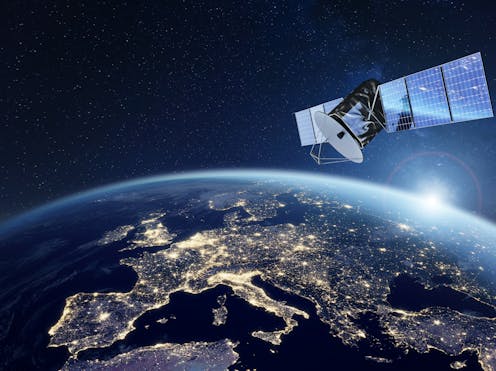IQ tests: the danger of reading too much into them – and the crucial cognitive skills they don’t measure
SpeedKingz/Shutterstock Many people object to intelligence tests. Some say IQ test scores are too often abused. They says it’s unfair that when children “fail” these tests it can mean they receive a worse secondary education than their more successful peers – sentencing them to a lifetime of disadvantage. Some object to IQ tests for quite personal reasons and remember how stressed they were by sitting a test. Many doubt their result was a fair reflection of their future potential. But how useful are IQ tests really – and what skills and qualities do they miss? More than 30 years ago, I discovered a half-forgotten, unique archive of more than 89,000 IQ-type tests from 1932. This comprised a near-complete national sampleContinue Reading




















